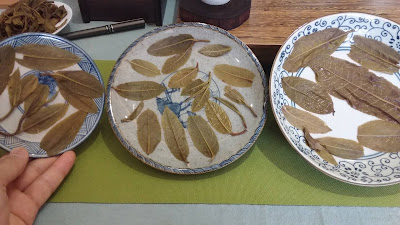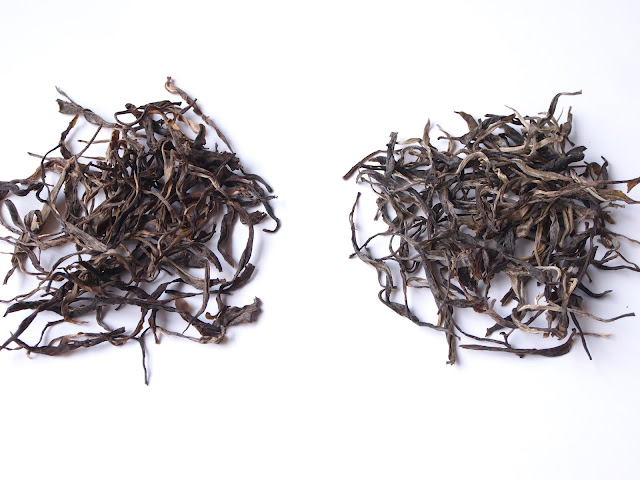GuShu puerh tea from LaoZhai and DiJie of BingDao and BangDong JiangBian

Pure GuShu tea sessions from left to right: Left (3rd session): BingDao (冰岛) LaoZhai (老寨) which means Old village of BingDao. Bitterness just appears in a blink during every sip. Astringency is very minor. Salivation comes firstly than HuiGan and alongside momentum. Chinese word 舌底鸣泉(she di ming quan) describes Salivation springs up like a spring hided under tongue. Now I can find a place to use it without hesitation. Then HuiGan(sweetness from aftertaste) and Salivation comes in turn. ChaQi is the strongest during the 3 kinds of tea tasted this afternoon. The most obvious body feeling is smoother and broader breath and clearer head than before. Middle (1st session): DiJie (地界), another sub-village of BingDao village. The taste is very different to LaoZhai. Soft, sleek silk like or even oil like tea liquid with roundness in mouth. Both bitterness and astringency are not so obvious near very minor....
